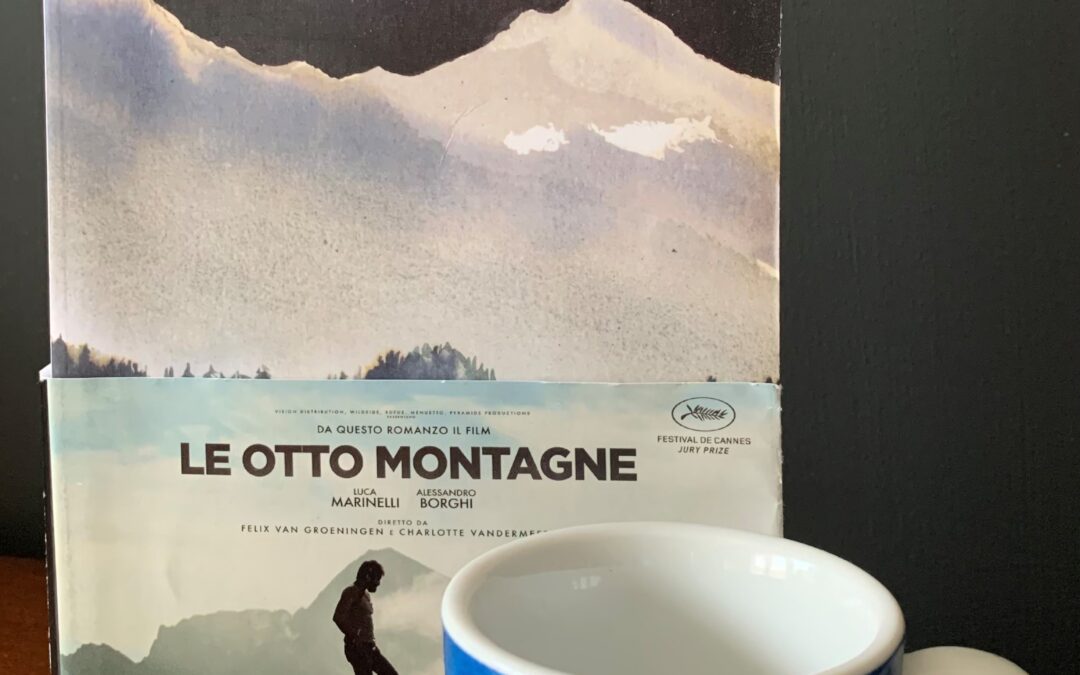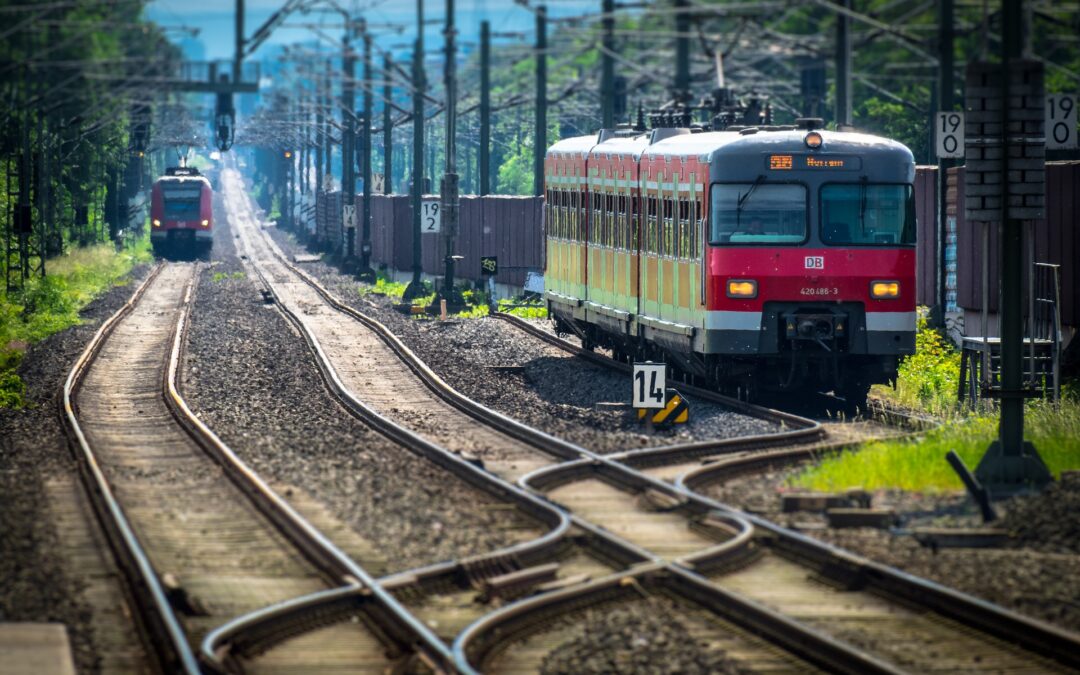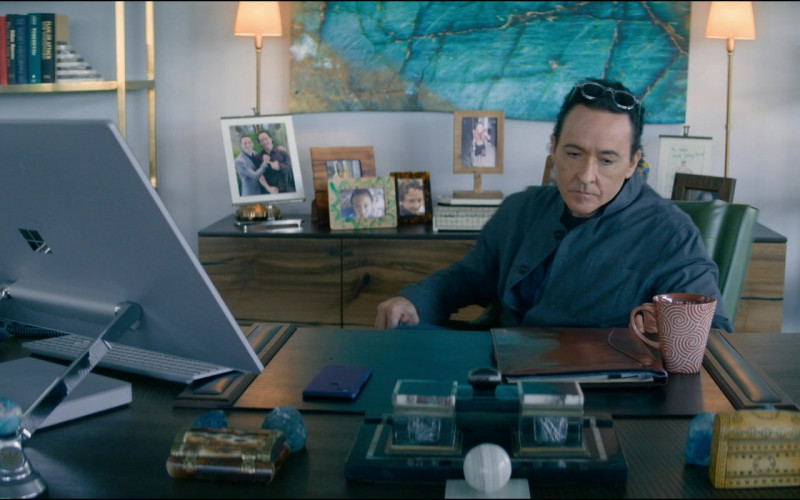
THE EIGHT MOUNTAINS
The Eight Mountains is both a literary and cinematic success.
Again I owe the reading to Monica and I hope that the movie will not disappoint me as it often happens when I watch movies based on books.
I heard a lot about The Eight Mountains with reference to male friendship or more precisely manly friendship.
Of course The Eight Mountains tells about mountains, as well as it tells about a Friendship of the kind we should all be privileged to experience in life.
However, the prevailing reflection that I retain after reading this book is another.
Beyond the powerful and unrelenting beauty of the mountain, I was impressed by its role within the story in the father-son relationship.
The mountain is typically silence; instead, I read it in this book as the only dialogue to patch up a deep generational and emotional incommunicability.
Sometimes we love totally, we love with a love written even in our DNA, yet we do not know how to show it.
This kind of love is blatantly obvious to those who can observe it as uninvolved spectators and yet it is hidden from the eyes of those with too close a perspective that paradoxically creates a distance.
Am I wrong?
Perhaps this view is entirely personal.
Have you read the book?
Written by Paolo Cognetti and published by Einaudi in 2016.
Strega Prize 2017.
Or have you seen the movie?
Directed by Charlotte Vandermeersch and Felix Van groeningen in 2021.
Jury prize at the Cannes Film Festival 2022.
David di Donatello for best film 2023.
An old Nepalese man told me about the eight mountains …
The man picked up a stick with which he drew a circle in the ground. It came out perfect; you could tell he was used to drawing them. Then, within the circle, he drew a diameter, and then a second perpendicular to the first, and then a third and fourth along the bisectors, resulting in a wheel with eight spokes. I thought that, having to arrive at that figure, I would start from a cross, but it was typical for an Asian to start from the circle
– Have you ever seen a drawing like that? – he asked me.
– Yes, – I answered. – In the mandala.
– Right, – he said. – We say that at the center of the world is a very high mountain, Sumeru. Around Sumeru there are eight mountains and eight seas. This is the world for us.
In saying this he drew, out of the wheel, a small point for each ray, and then a small wave between each point. Eight mountains and eight seas. Finally he made a crown around the center of the wheel, which could be, I thought, the snowy summit of Sumeru. He pointed the stick at the center and concluded, -And let’s say: will the person who went around the eight mountains have learned more, or the person who made it to the top of Mount Sumeru?
In your opinion?



 Hi I'm Claudia and this is KCDC.
Hi I'm Claudia and this is KCDC.




OPINIONI